Hanoi has many architectural, cultural and urban heritages. Following the development trend, these works are gradually becoming outdated, not meeting current needs or even deteriorating. Although these works no longer have much material value, their intangible values (cultural, historical, architectural...) are quite rich because they symbolize the socio-economic development period of Hanoi in the previous period.
Thang Long Imperial Citadel. Photo: VNA
Therefore, if we treat these works from a humanistic perspective, they will create a cultural flow, thereby creating social benefits, contributing to economic development. However, recreating these heritages to contribute to the development of the “creative city” brand is a big challenge for Hanoi, requiring creative thinking and breakthrough approaches.
With that in mind, some researchers and architects have come up with the bold idea of renovating old factories, collective housing areas, and suburban villages in the hope of turning “heritage into assets”. Dr. Vuong Hai Long, Head of the Faculty of Architecture of Hanoi Architectural University, suggested that the capital city of Hanoi has many industrial production facilities located in urban areas that must be relocated out of the inner city, such as Tool Factory No. 1, Textile Factory 8/3, etc. If these buildings are demolished, it would be a pity. If these production facilities are redeveloped into creative complexes, it will both help preserve memories and create new values that bring many benefits to socio-economic development.
Sharing the same view, Dr. Architect Dinh Thi Hai Yen said that since the 90s, developed countries have begun to focus on programs related to the assessment and preservation of industrial heritage. In Hanoi, although there are many policies and decisions related to the relocation of industrial facilities that are no longer suitable for planning and cause environmental pollution, the implementation is still slow and has many difficulties. In the context of urban areas constantly moving and developing, old industrial buildings are not only objects of preservation but also cultural fulcrums and driving forces for economic development. The conversion of old industrial buildings should be implemented using appropriate methods to ensure that it meets both immediate needs and long-term development goals of the city.
As for the old collective housing areas, experts say that the years 1965-1990 were like "an architectural monument", containing the space and living habits of the people. This is also a symbol of the period of socialist development in Vietnam. Therefore, Architect Nguyen Viet Ninh proposed that the reconstruction and promotion of the value of the old collective housing areas in the current period is very necessary to preserve the old values, and at the same time, it is necessary to connect with the surrounding ecosystem to create synchronization, as well as ensure benefits for the people.
According to Architect Nguyen Viet Ninh, even in other countries, old living spaces are carefully reconstructed and given a new life so as not to destroy the old architecture, while still dealing with the pressure of development. For example, in Japan, the renovation of old apartment buildings is carried out very carefully. Before the reconstruction, the Japanese have a very specific assessment and survey and divide the renovation into 3 levels. Level 1 is to preserve and maintain the original state with renovation solutions that do not destroy the originality of the building. Level 2, partial renovation, will depend on the assessment of the level of degradation and the demands of the residents. Level 3, complete demolition.
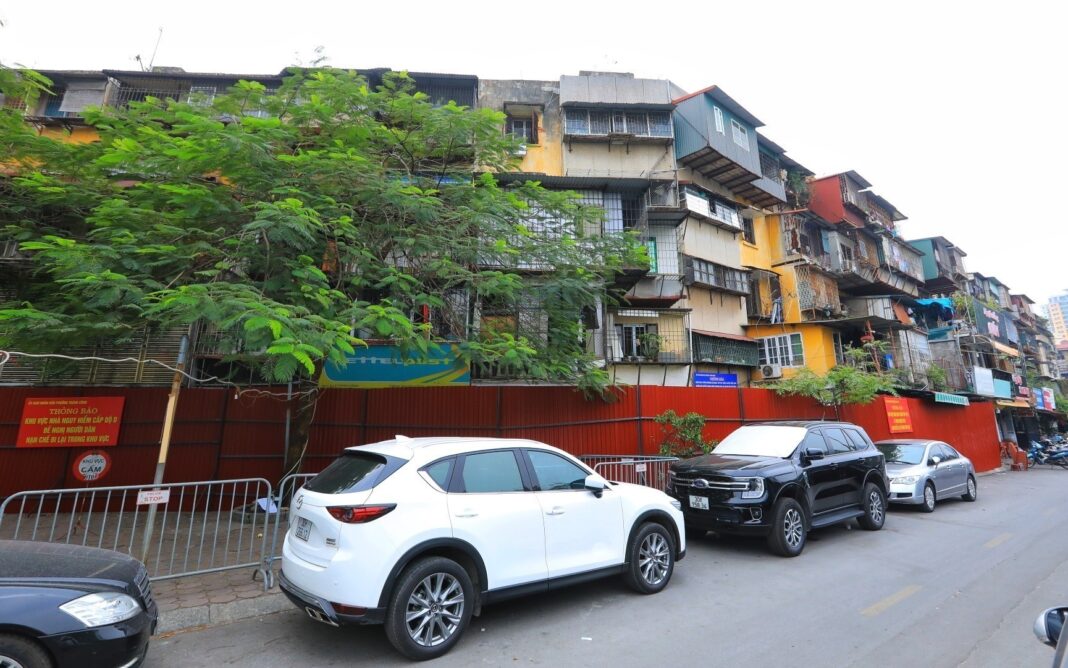
Unit 1 of G6A Thanh Cong apartment building. Photo: Tuan Anh - VNA
Referring to the architectural space of villages, Architect Pham Thuy Linh commented that Hanoi has a very large agricultural area. Under the pressure of urbanization, the situation of "villages in the city", "city in the village" is becoming popular, because it is an inevitable need. How the architectural space of the village changes, the people are the subjects with an important decisive role, because they have the right to change, build according to their wishes and preferences. The fact that people are influenced by architectural trends, then build houses, renovate houses according to their preferences is happening in reality. Here, the role of the government is very important in guiding people as well as creating mechanisms for architects to participate.
Architect Pham Thuy Linh suggested that the management agency needs to have policies and planning with short-term and long-term vision, from which it can gather a team of architects to reconstruct rural architectural models suitable for the lifestyle, culture, and people in each region; and propose pilot housing models in the countryside in terms of both style and materials./.
My Ha





![[Photo] More areas of Thuong Tin district (Hanoi) have clean water](https://vstatic.vietnam.vn/vietnam/resource/IMAGE/2025/4/29/55385dd6f27542e788ca56049efefc1b)
![[Photo] Prime Minister Pham Minh Chinh and Japanese Prime Minister Ishiba Shigeru visit the National Museum of History](https://vstatic.vietnam.vn/vietnam/resource/IMAGE/2025/4/29/93ae477e0cce4a02b620539fb7e8aa22)






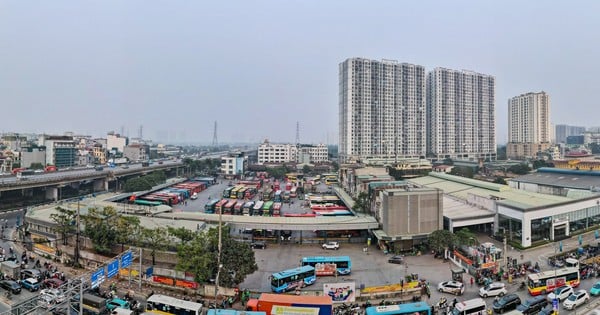

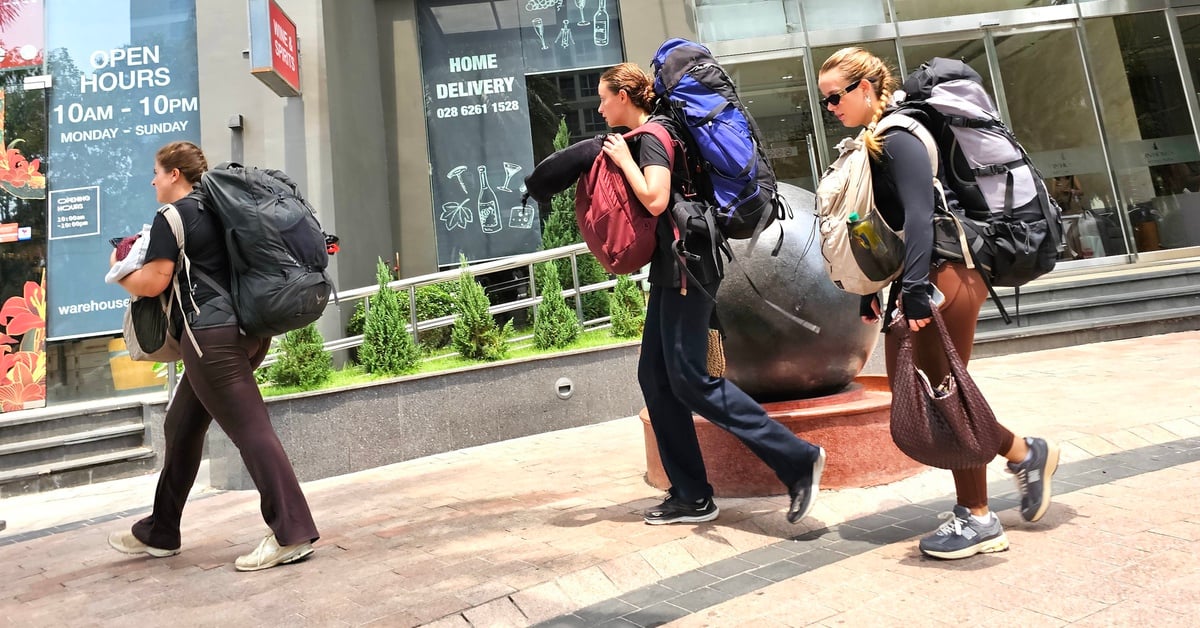

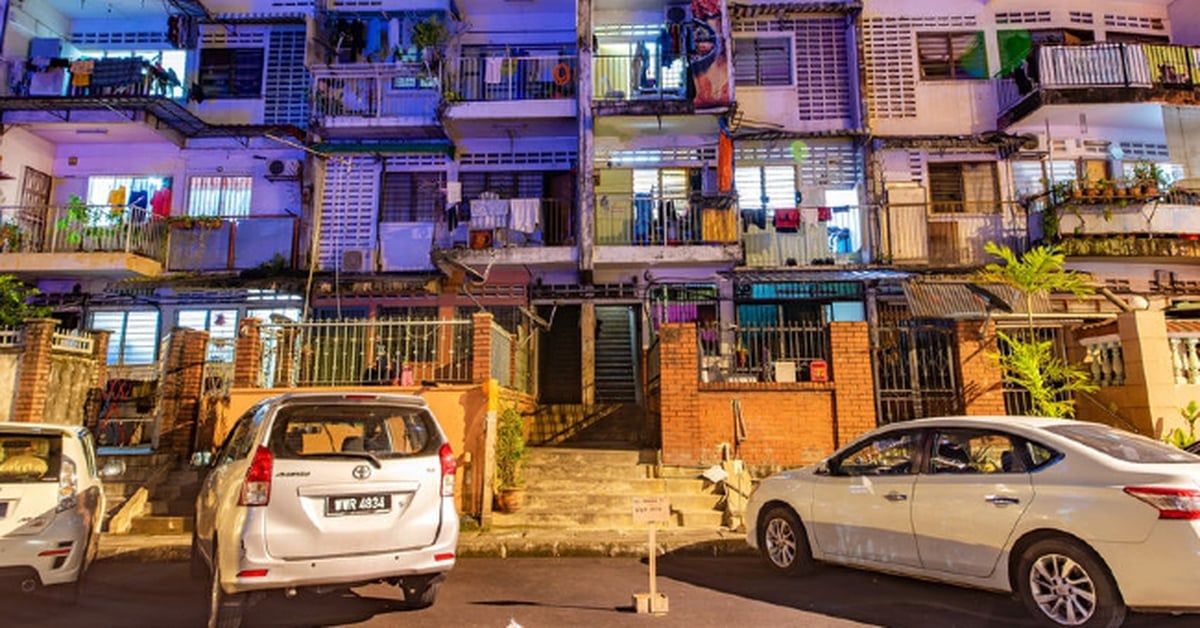







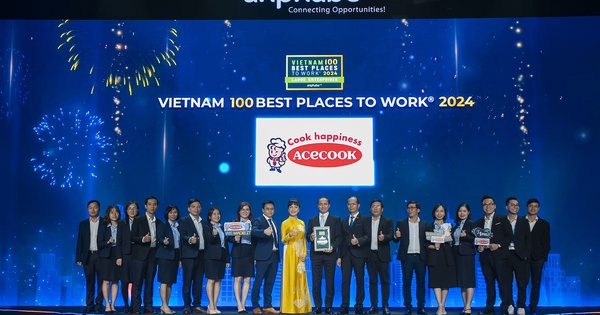

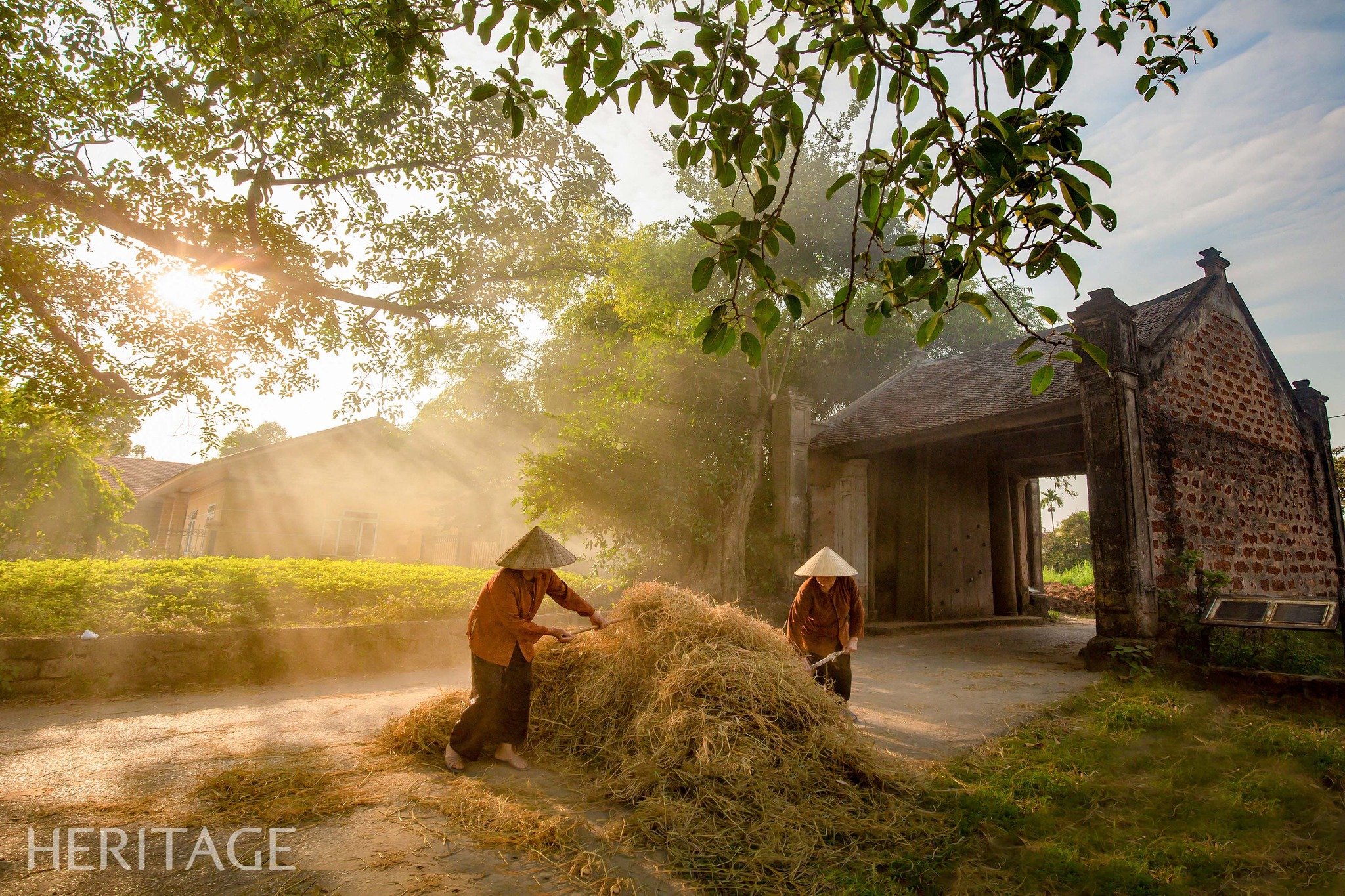
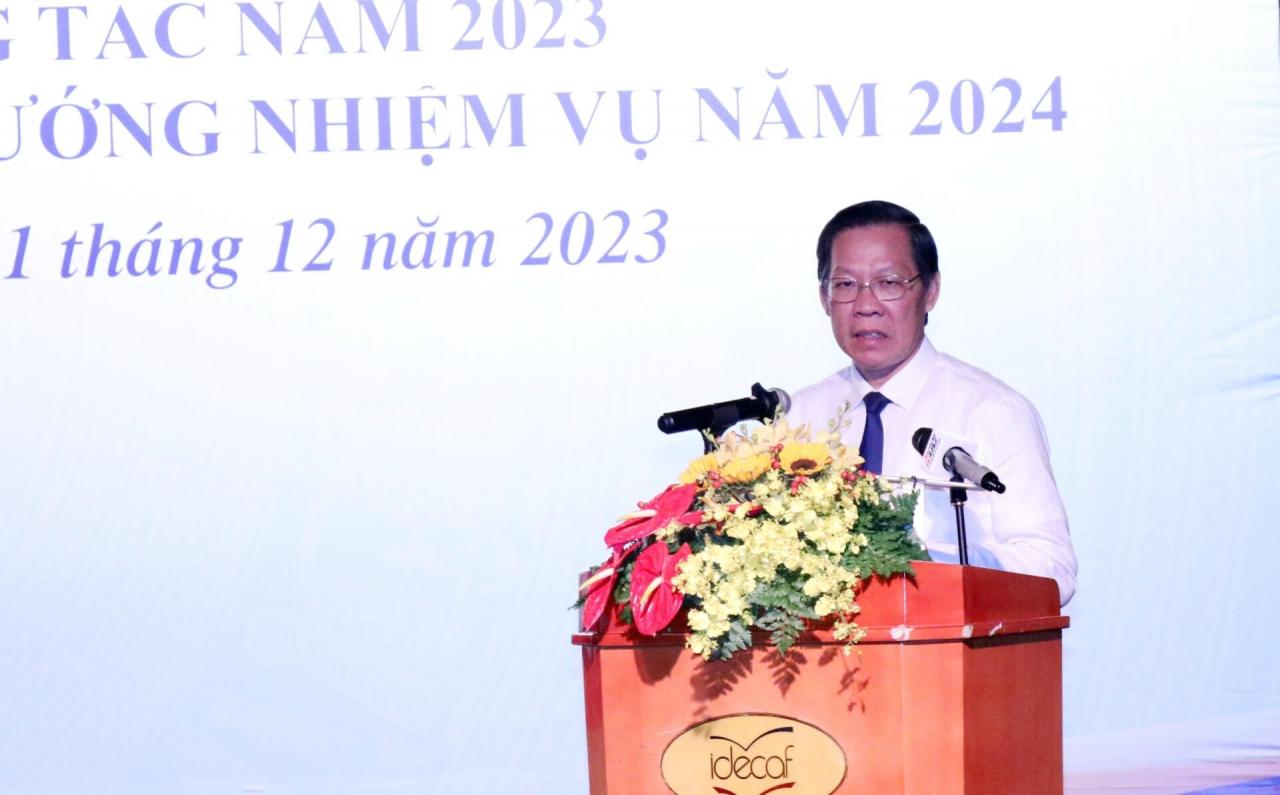
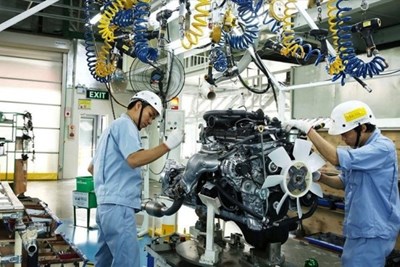



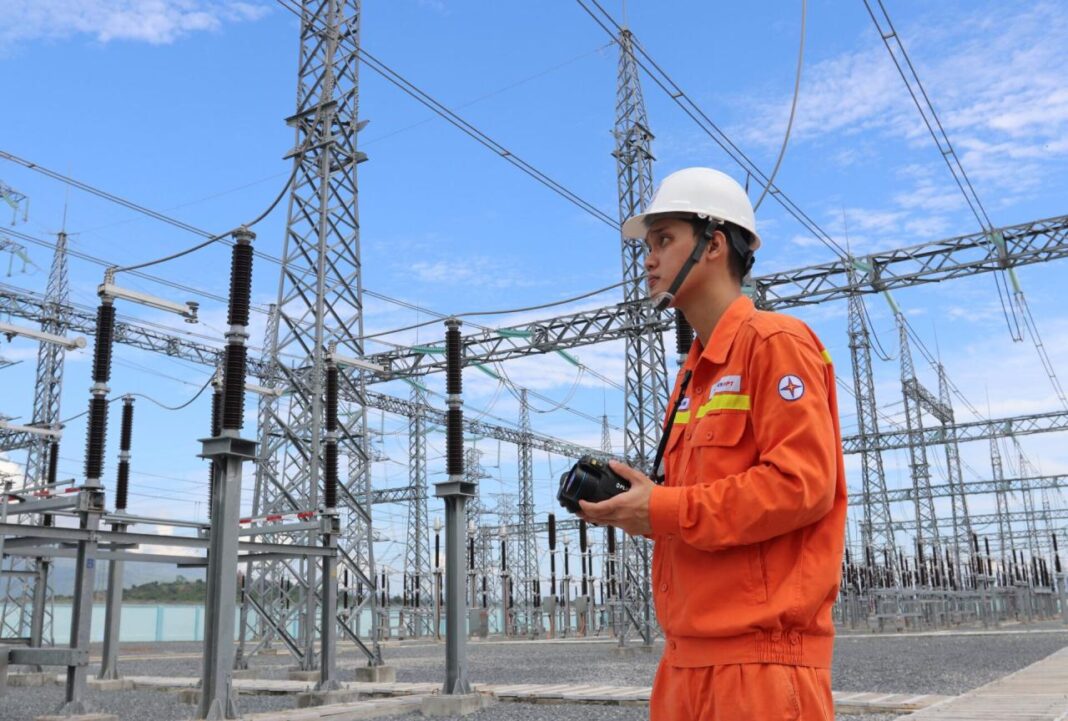
![[Photo] Prime Minister Pham Minh Chinh and Japanese Prime Minister Ishiba Shigeru attend the Vietnam - Japan Forum](https://vstatic.vietnam.vn/vietnam/resource/IMAGE/2025/4/29/fc09c3784d244fb5a4820845db94d4cf)
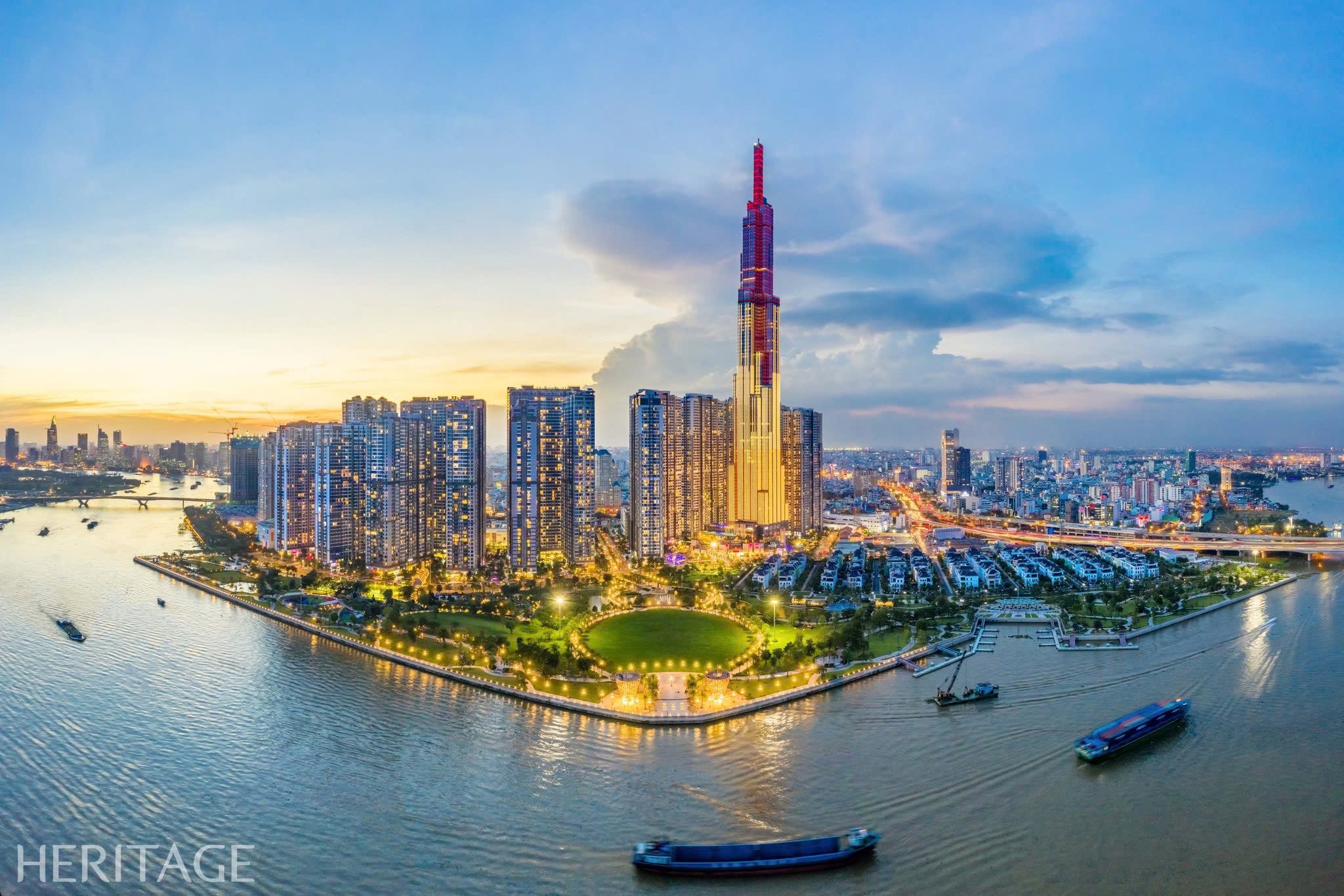








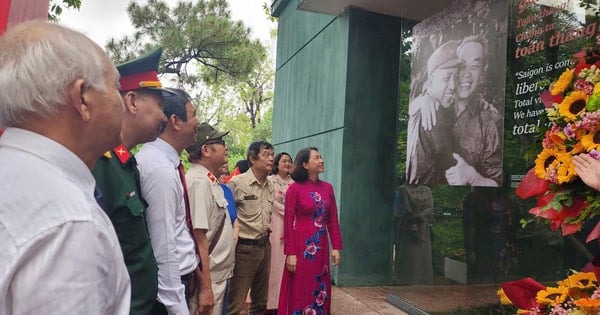

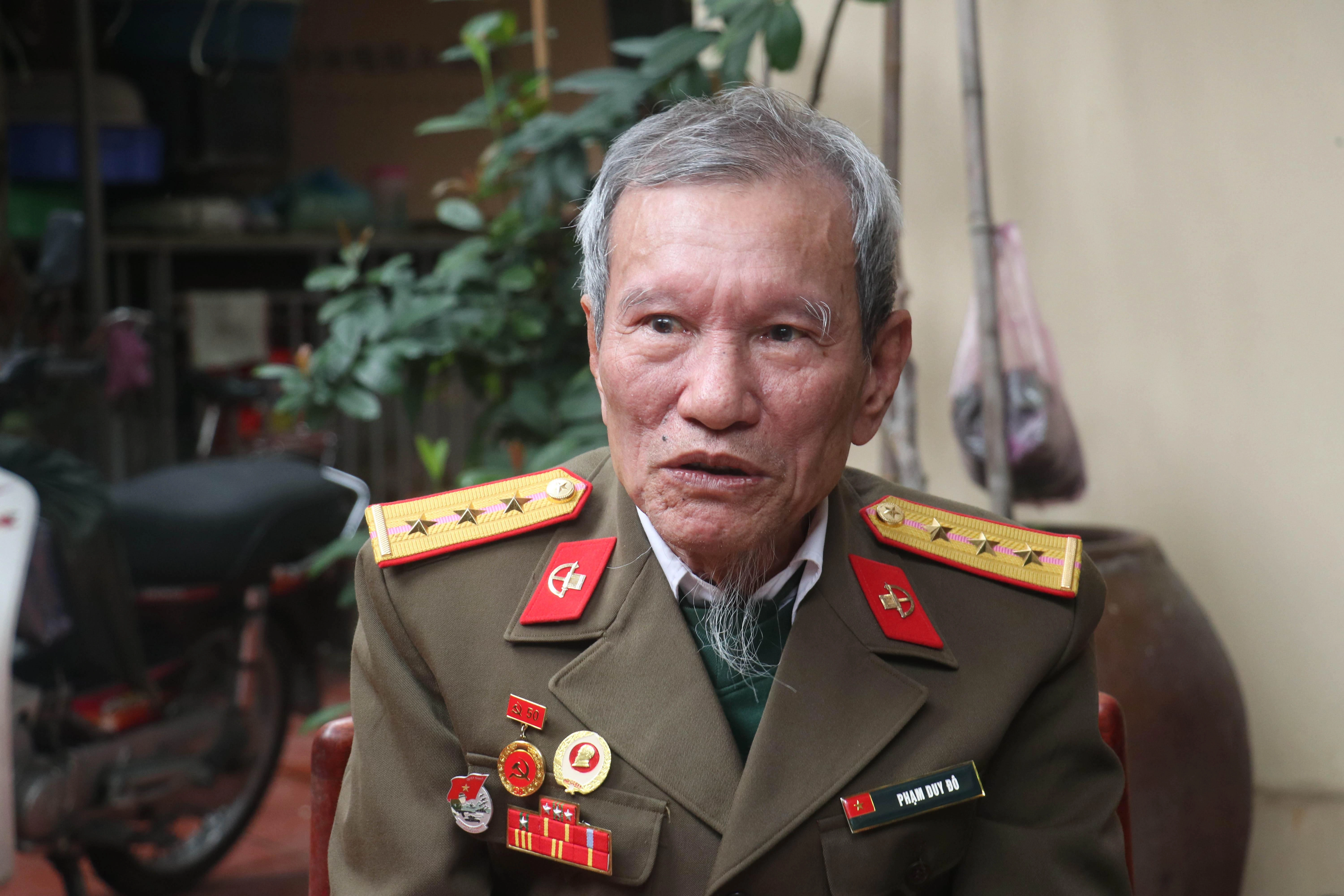

















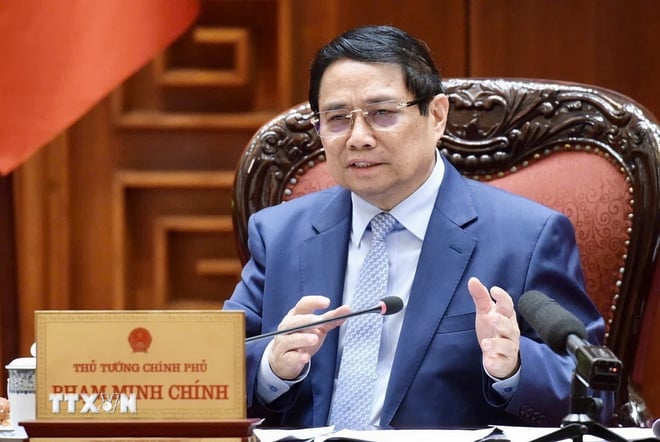



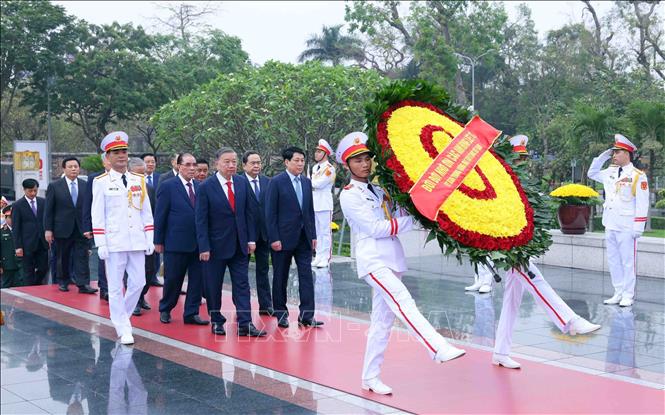

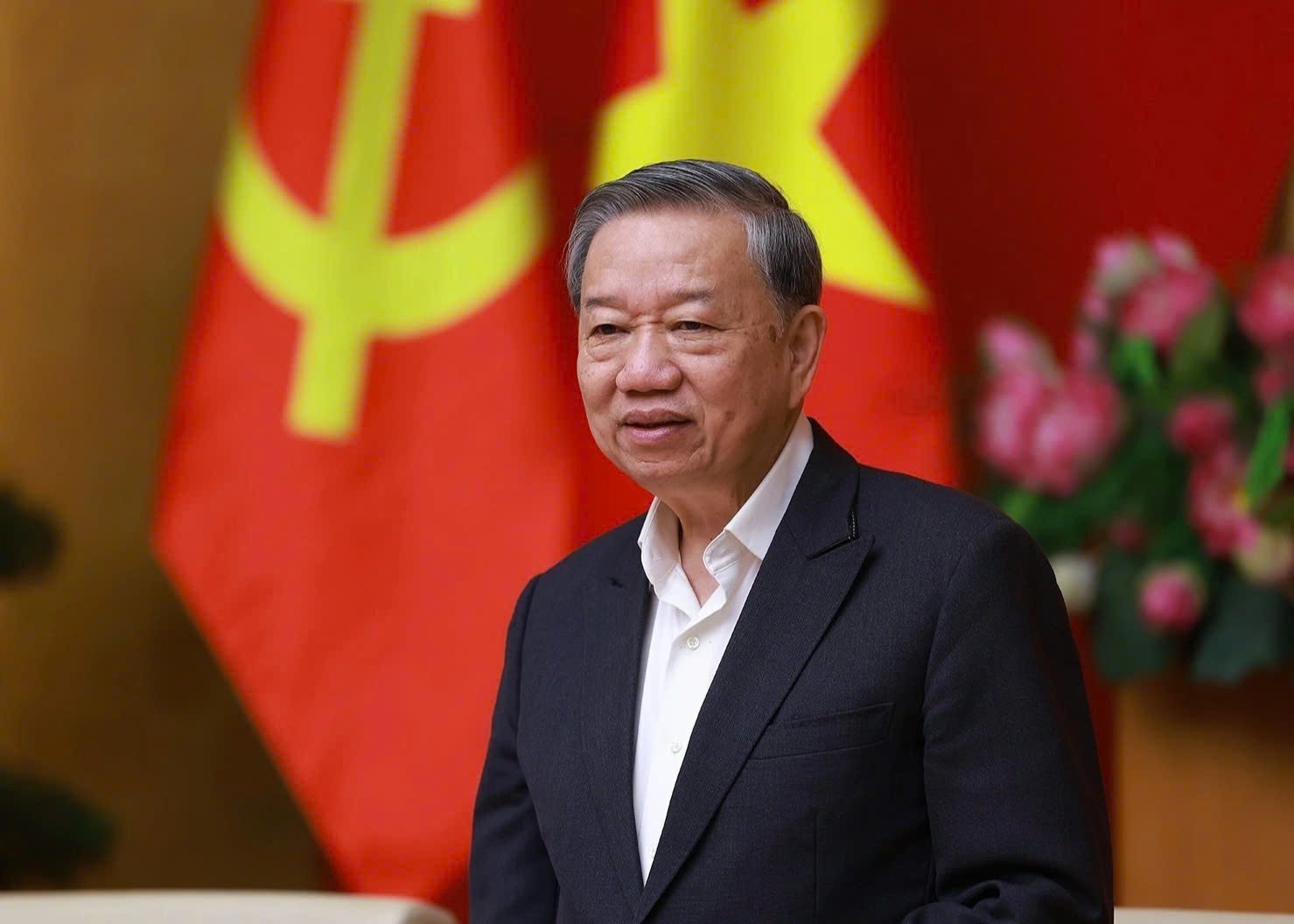

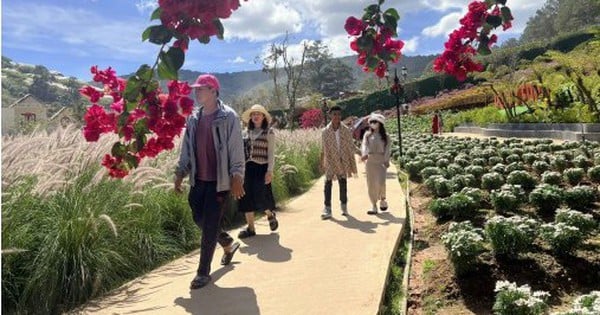

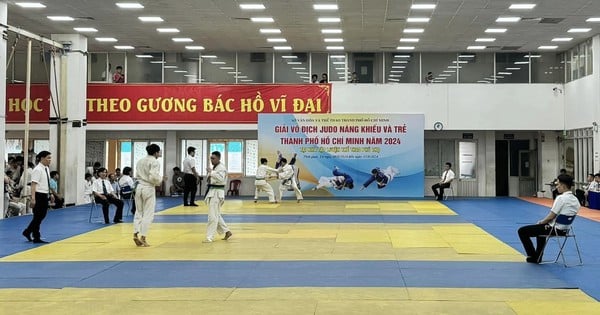
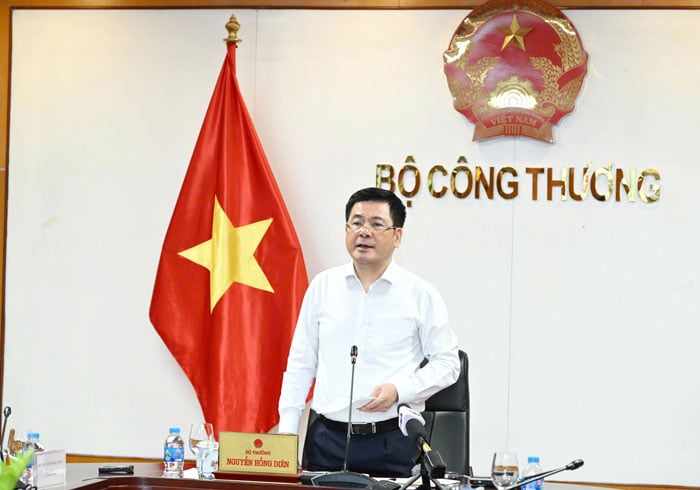


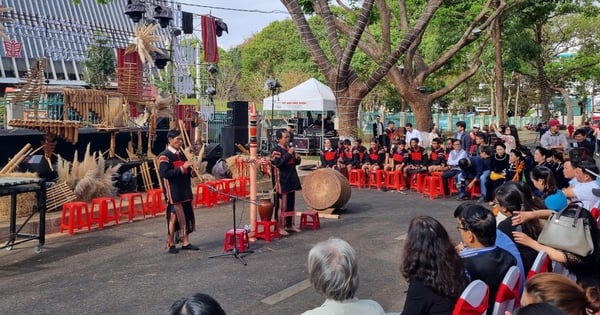
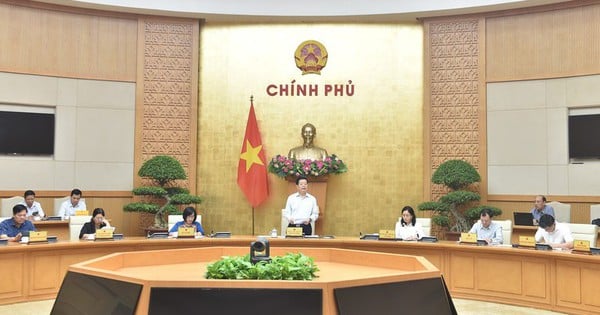
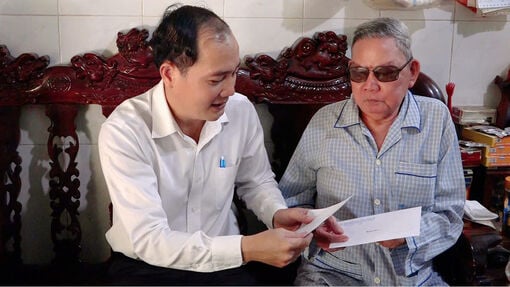

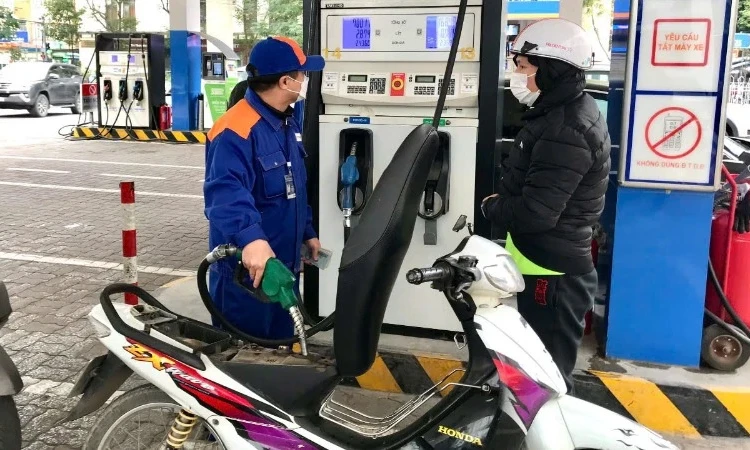

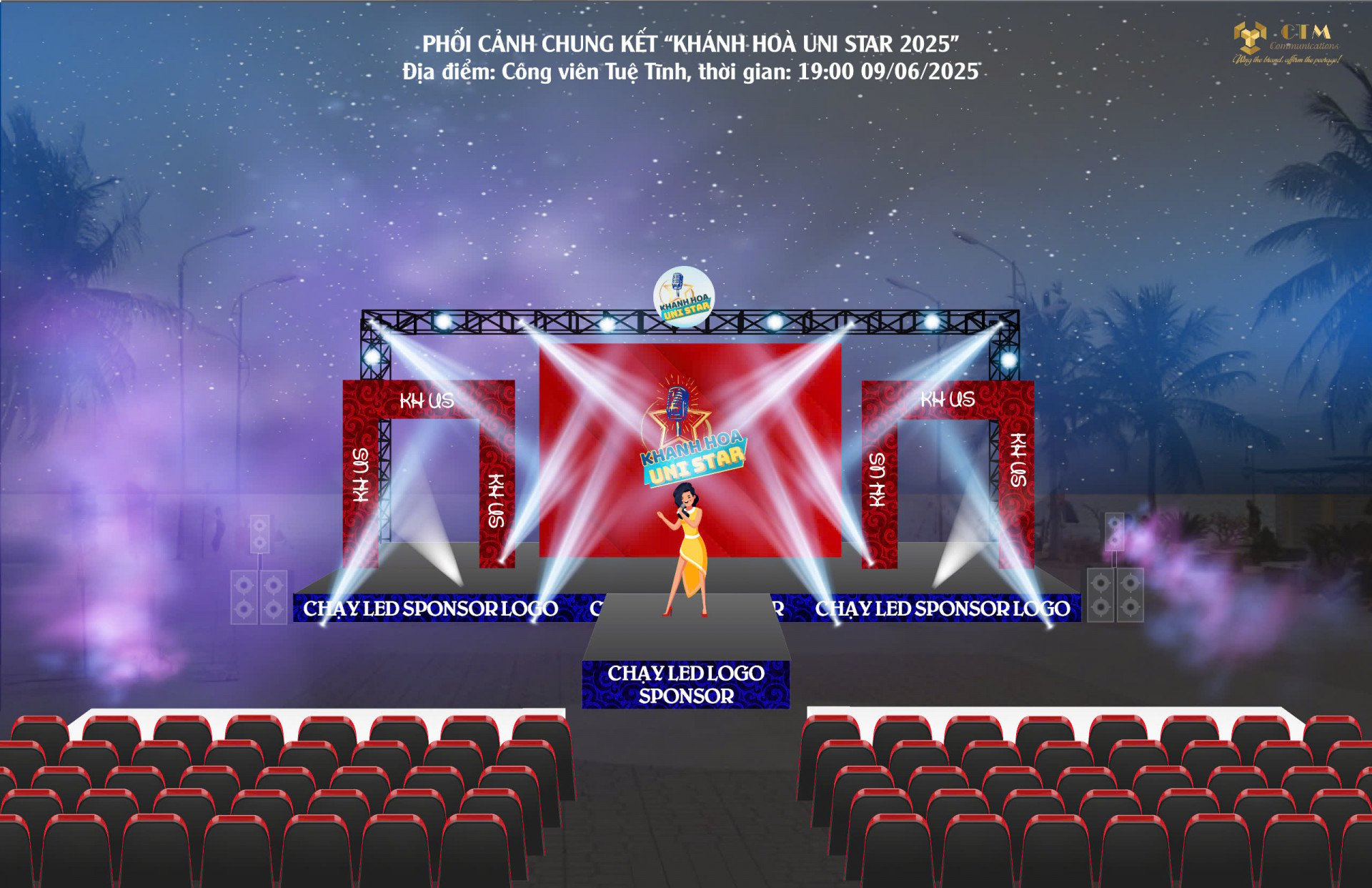


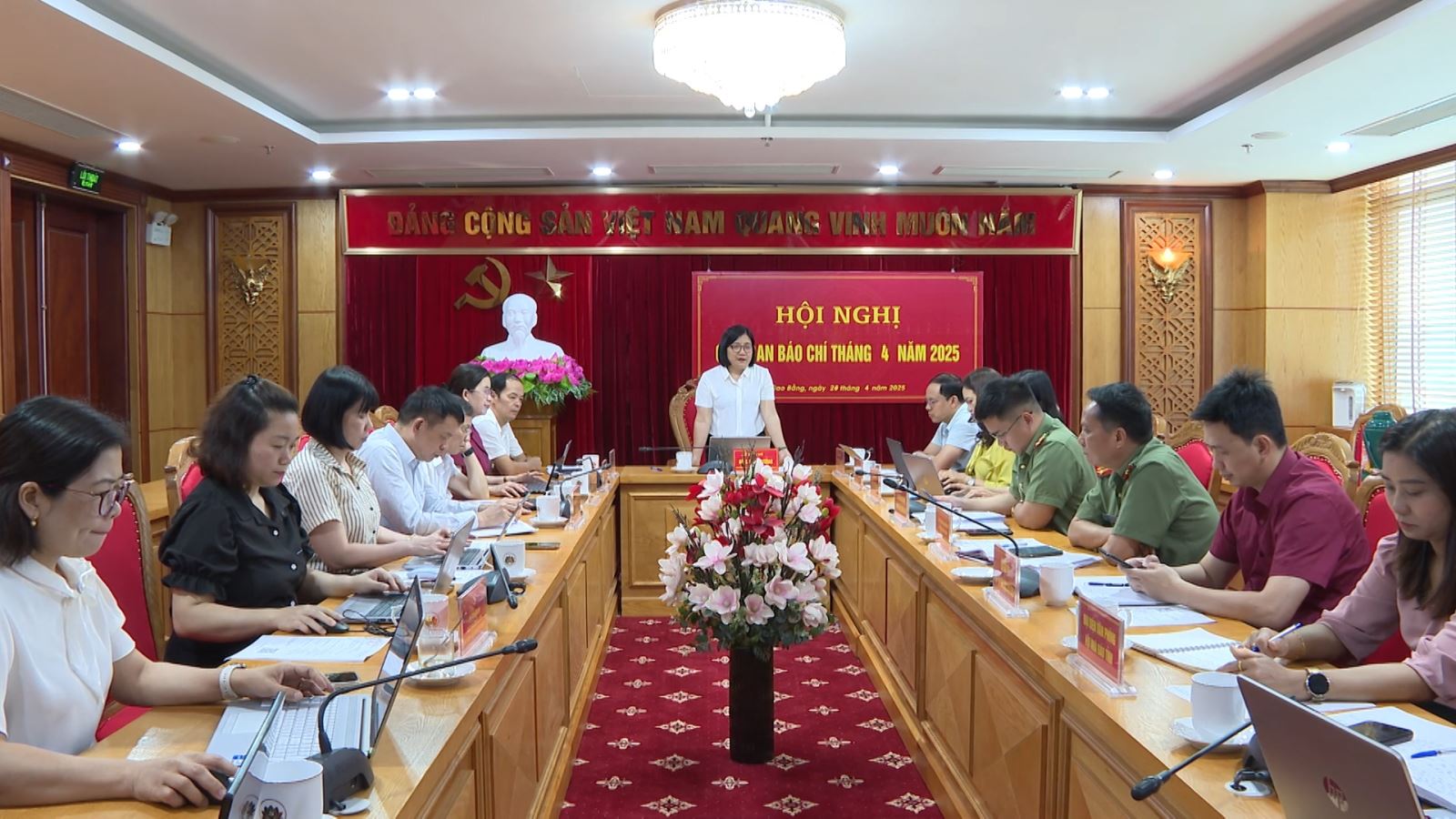
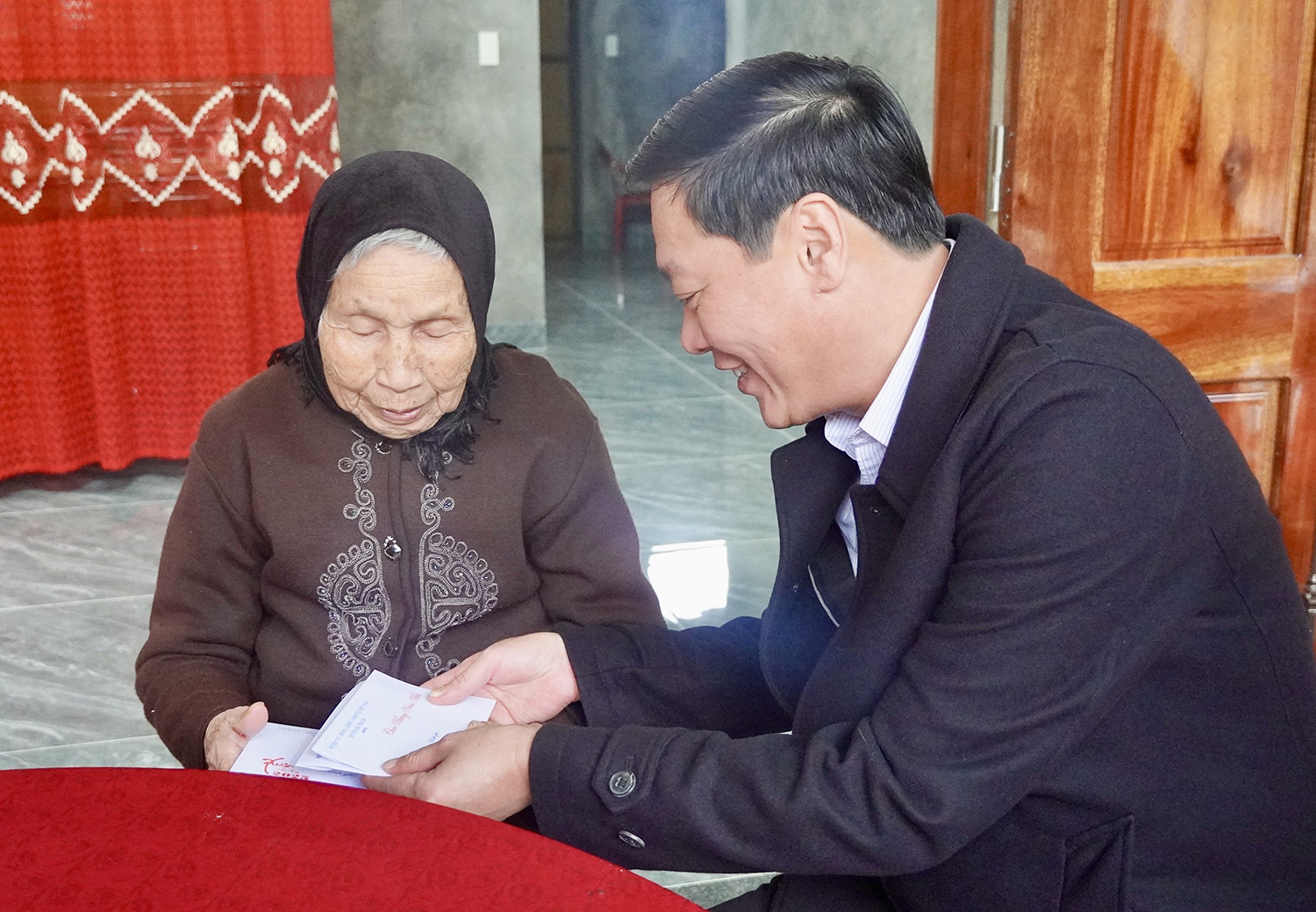

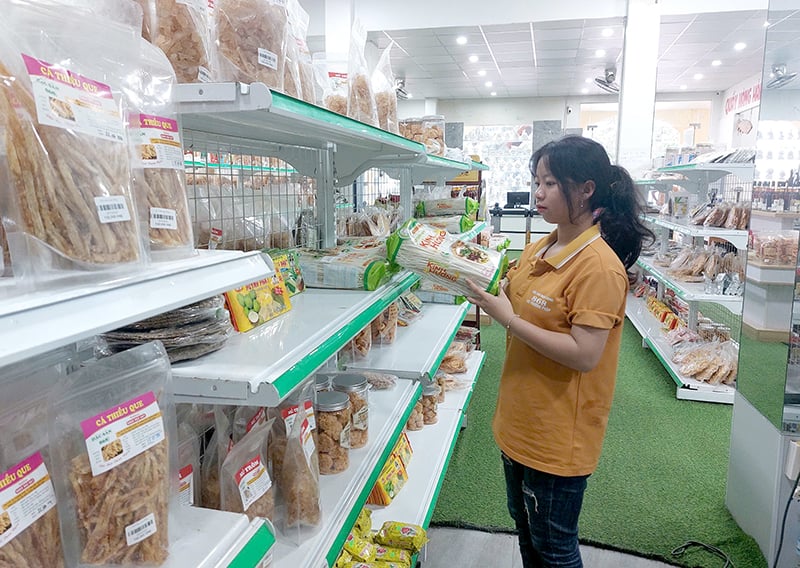
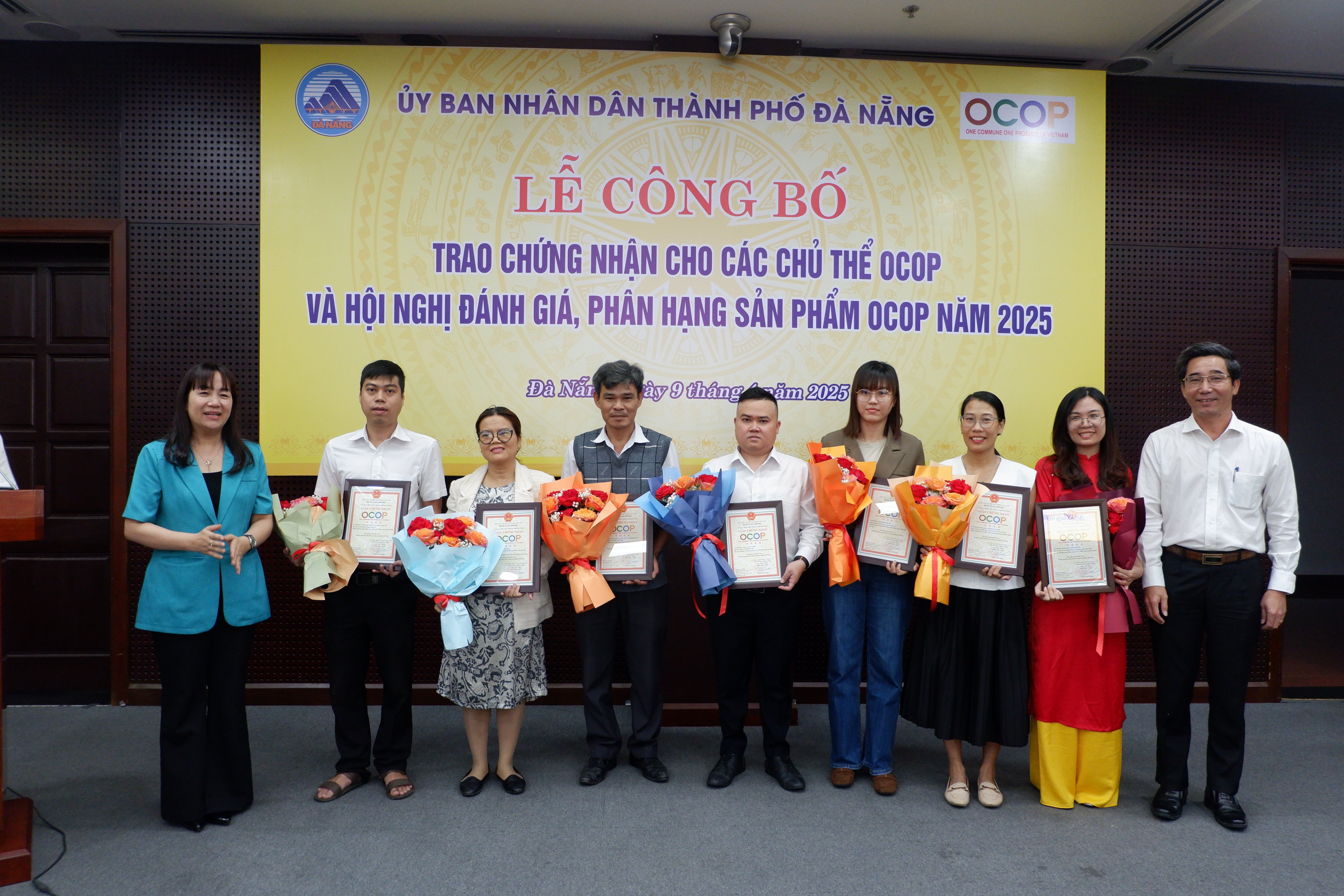

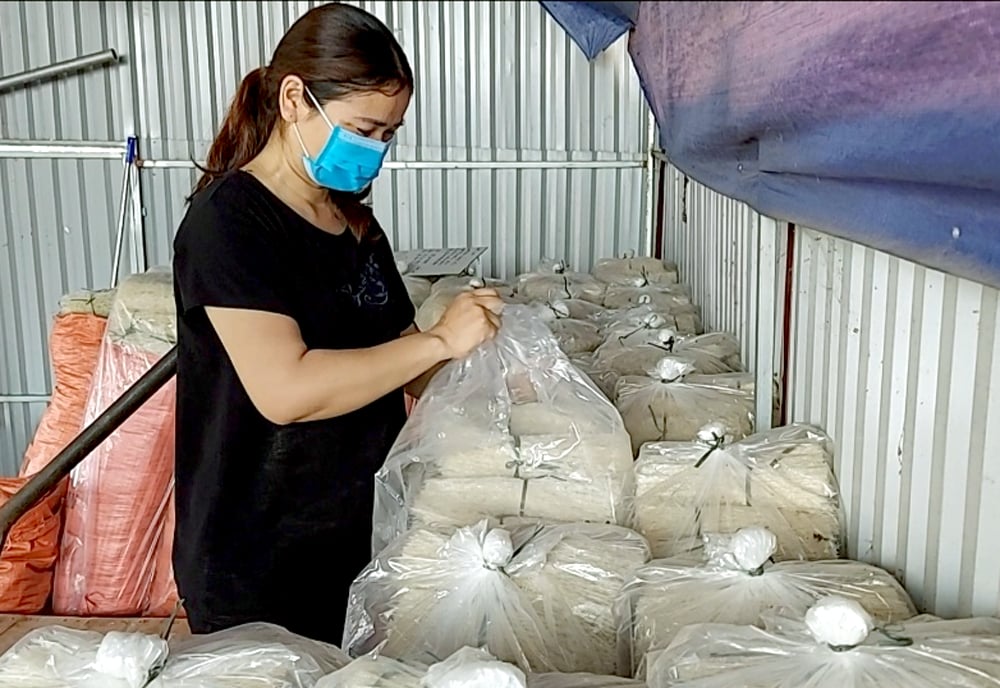

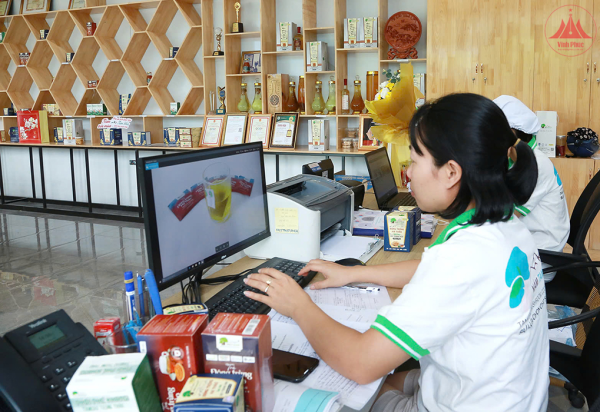



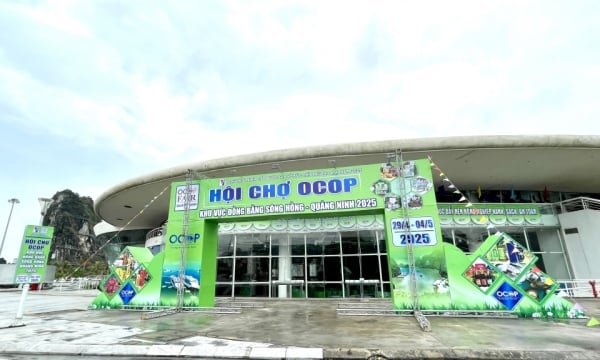
Comment (0)